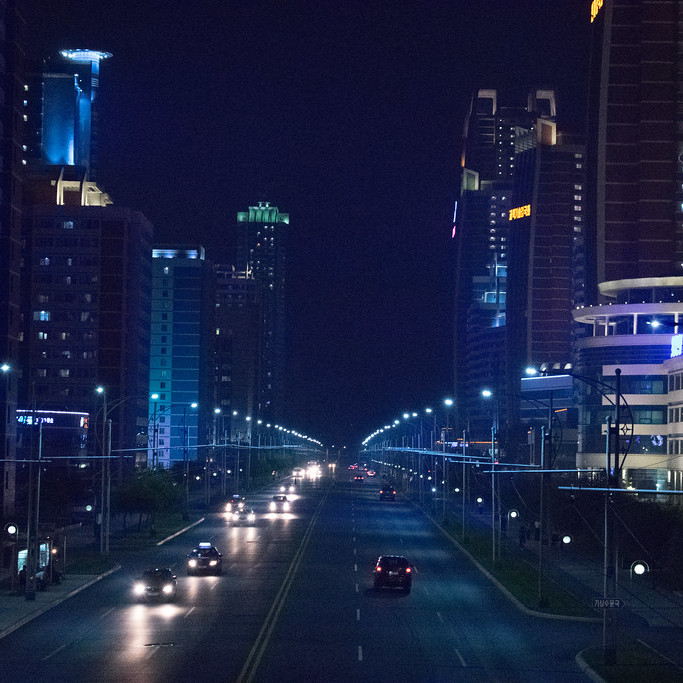Wikipedia defines common sense as “knowledge, judgement, and taste which is more or less universal and which is held more or less without reflection or argument”
Try to avoid using this topic to express niche or unpopular opinions (they’re a dime a dozen) but instead consider provable intuitive facts.


So, correct me if I’m wrong, but wouldn’t that also change the way that the arrow is accelerated by the bow? Like, it starts a little slower, and then has increased acceleration until the string returns the the starting position? Whereas a long or recurve bow is going to have the hardest acceleration at the very start, since that’s where the most energy is stored?
And if that’s true, how does that affect the flight of the arrow? I know that with stick bows, the arrow bows as it’s being accelerated, and then wobbles slightly before stabilizing a few feet in front of the bow. Some of that is likely because the arrow has to bend around the bow stave. But do you see less of that with a compound bow?
A modern compound bow will fire the arrow in a straight line, directly forwards, as the bow will have a section that allows the arrow to be shot through the space that would be occupied by the stave on a traditional bow. While the bow must obviously be gripped in line with the tension, the rest of the center section is offset to allow the archer to both shoot and sight directly along the line the arrow will travel.
How much firing then causes the arrow to bend would depend entirely on the stiffness of the arrow, but the resulting total energy being imparted is not going to be different just because the acceleration curve is different. If the arrow bends, then yes, you’d lose some energy to that.
But if anything, starting off slow and then accelerating harder as you go is the gentler and more efficient acceleration curve when accounting for that.